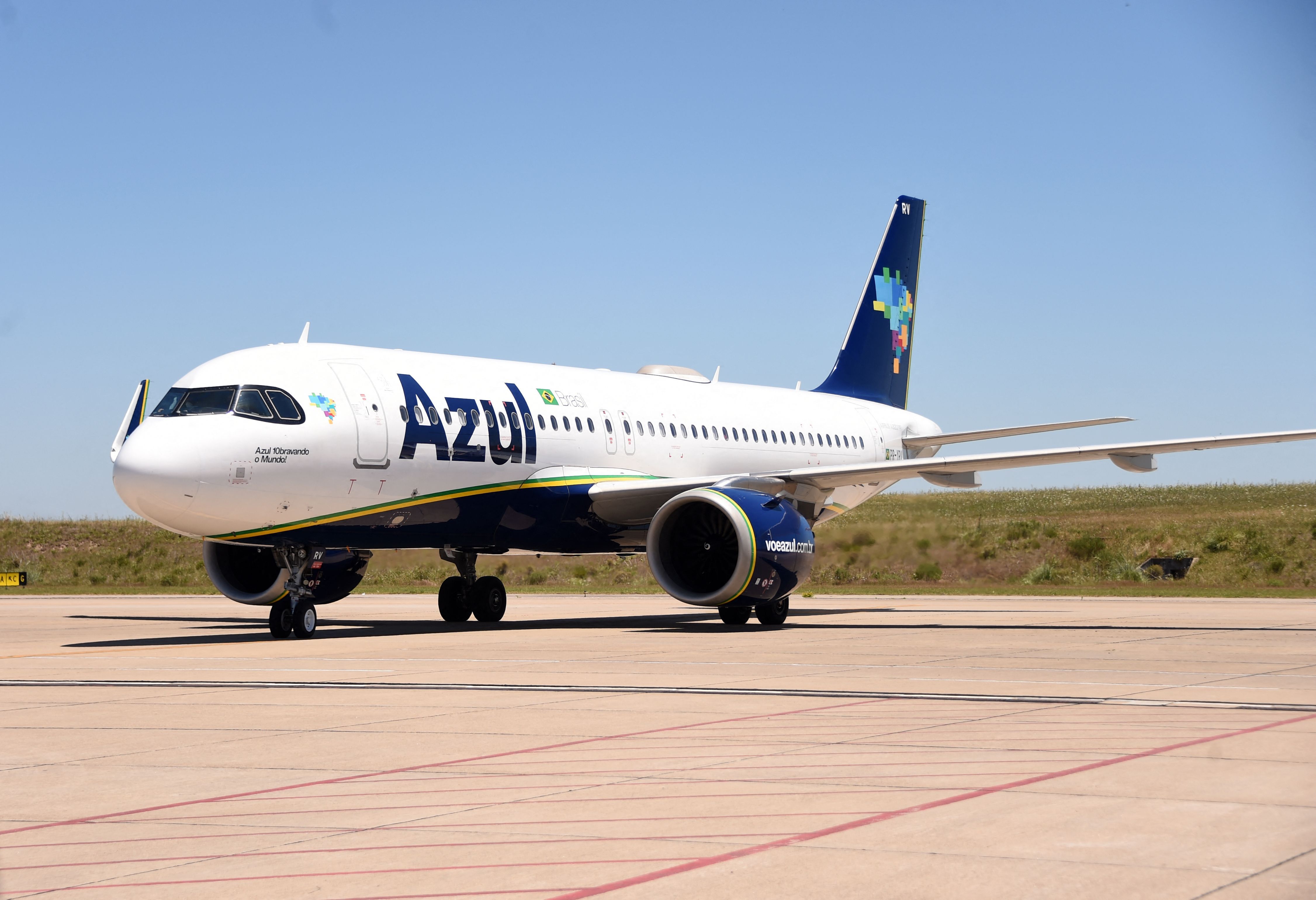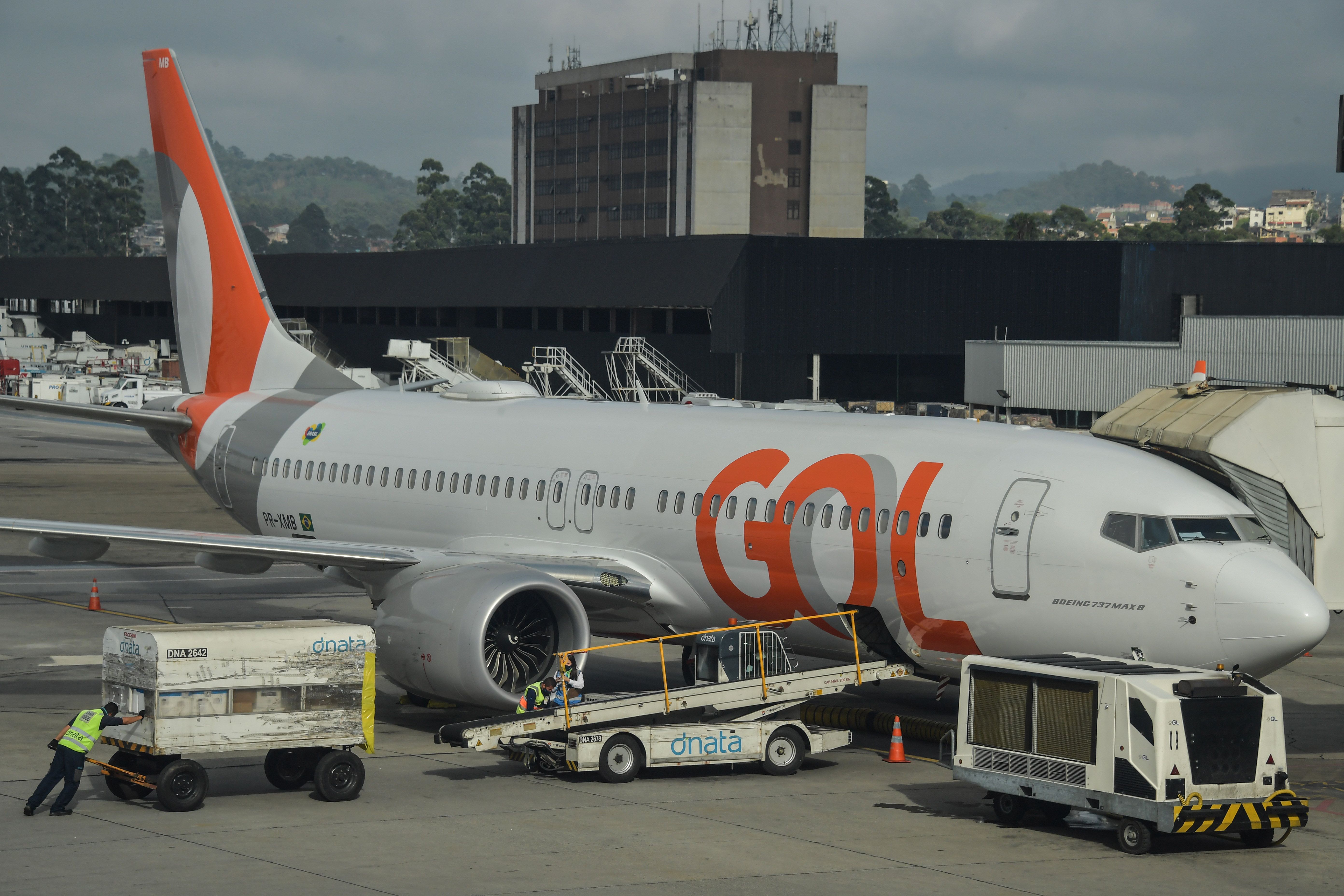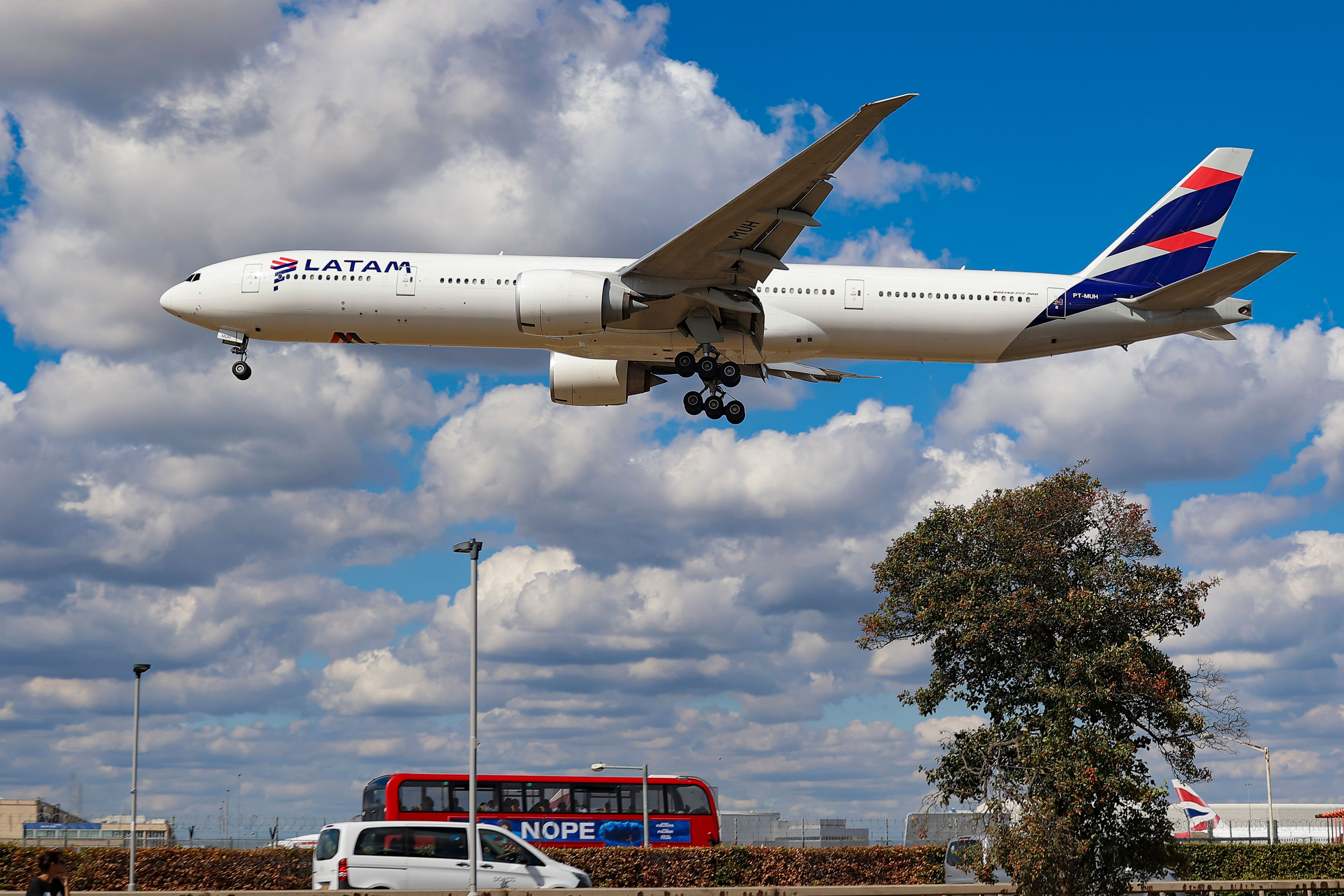Have you ever noticed that Brazil has no proper low-cost carrier (LCC)? Some might say Azul Linhas Aéreas (AD) is a low-cost airline, but it really isn’t when you look at the average fare across the country (622.54 reais or US$120) versus Azul’s average fare (695.13 reais or US$133). The airline’s CEO, John Rodgerson, recently discussed why many attributes in Brazil make it very difficult for a low-cost business-oriented airline to survive.
It all starts with the fuel price
Globally, we have seen a surge in low-cost and ultra-low-cost carriers (ULCC) in the last few years. South America is no exception, with examples all over the region, from Mexico (where Volaris and Viva Aerobus dominate the market) to Argentina (where Flybondi is currently in a major expansion process). In the middle, we have new players such as Arajet (the Dominican Republic), Ultra Air (Colombia), and airlines with big plans (JetSMART and Viva Colombia, for example).
Despite this boom, there are no low-cost carriers in Brazil, even when the country has some characteristics that are key for an LCC, such as point-to-point connectivity. Nonetheless, the regulatory framework and the fuel prices heavily impact the possibility of having this business type in the South American nation.
First of all, fuel is 40% more expensive in Brazil, John Rodgerson said in the Skift Aviation Forum in a talk with WestJet Aviation Advisor Alex Cruz. Last month, the Brazilian state-run oil company Petrobras increased jet fuel prices by around 7.3%. The Brazilian airlines' association Abear said that jet fuel prices had risen by 59% since the start of the year.
The country is not mature for an LCC
Fuel is one thing, but also, Brazilian society is not quite ready to have the low-cost and ultra-low-cost business models. John Rodgerson explained,
“I think that pure ULCC models that you’re starting to see in Chile, Peru, and Colombia, Brazil’s just not there yet. The legislation is not ready for it.”
He added that Brazil is a very litigious society which would put a low-cost carrier out of business. For example, Rodgerson said that Santos Dumont Airport in downtown Rio de Janeiro closes on a regular basis, at least once a week. When it closes because of weather issues, the airlines are still responsible for feeding the passengers, giving them Internet access, transporting them, and giving them hotel nights, despite this event having nothing to do with the carriers. These extra charges would put any ULCC with very cheap fares out of the picture immediately.
And when Brazilian passengers face an issue with the airlines, they are not afraid of going to court. “We have about 3% of the world’s flights, but we have 85% of the world’s lawsuits. (...) Imagine you run a very large ULCC (in Brazil). Can you imagine having an army of lawyers that have to go?” Azul’s CEO added.
Brazil – a land of opportunity
The lack of actual low-cost and ultra-low-cost carriers doesn’t mean Brazil is not a country to be developed. On the contrary. There’s plenty of room for the Brazilian civil aviation industry to grow.
First of all, Brazilians have a lower trip per capita than other South American countries. On average, a Brazilian citizen flies around 0.4 or 0.5 times per year. Azul, and its counterparts, GOL Linhas Aéreas and LATAM Brasil, are looking to address this issue. They are opening routes, acquiring new planes, and bringing connectivity to towns and cities that historically lacked commercial flights.
Find the latest South American aviation news here.
And despite not having LCCs and ULCCs, Brazilian passengers can find some of their key attributes in Azul, GOL, and LATAM. Their products are already unbundled, and every airline already charges for seat assignments, change fees, and other key services.
Do you think we will ever see a proper low-cost carrier in Brazil? Let us know in the comments below.
Source: Skift.



